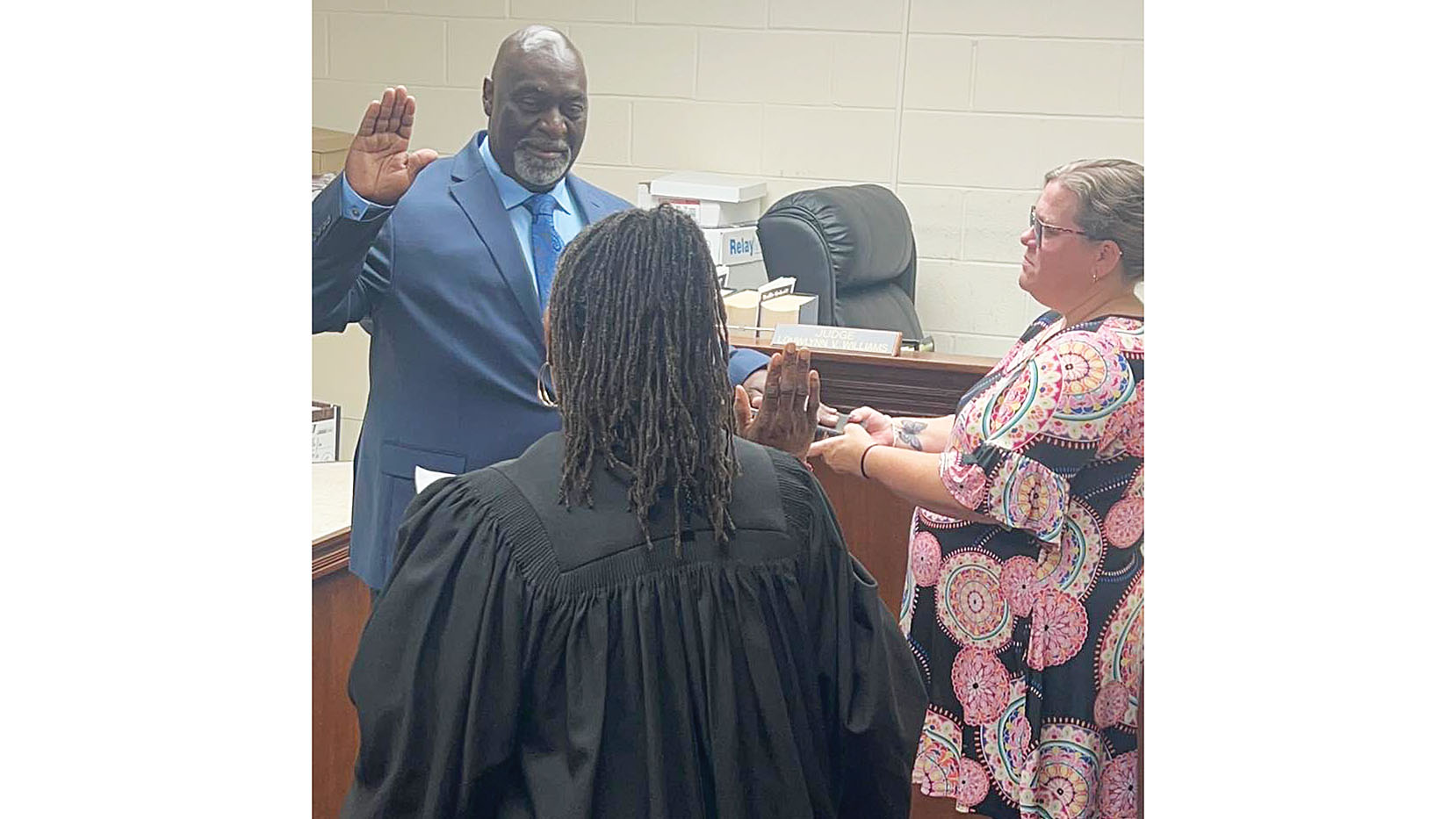Trees are vulnerable to striking lightning
Published 9:22 pm Friday, June 15, 2018
Lightning can strike just about anything tall, but trees do seem to be a frequent target. Tall trees, those growing alone in open areas, trees with roots in moist soils or those growing along bodies of water are most likely to be struck.
The degree of injury caused by a strike is extremely variable, and sometimes difficult to diagnose. The voltage of the charge, moisture content of the tissue and species of tree are all components that determine extent of damage.
Woody parts of the tree may be completely shattered. A thin strip of bark parallel to the wood fibers down the entire length of the trunk may be burned or stripped off, internal tissue may be severely burned without external symptoms, or all or part of the roots may be killed. In crowded groves, trees close to the one directly hit may also die.
Everybody wants know if their tree will die. In many cases, it just can’t be accurately predicted.
We’ve all seen examples of trees that live for years with these types of injuries. But, damaged trees will also be more susceptible to insect pests, disease, decay and environmental stress. So while they may not die immediately from a lightning strike, the damage can continue to take its toll over the next several months or years.
As long as a tree does not appear to pose a danger to people or property, you can always take a wait and see approach. Prune broken branches and remove strips of loose bark. Try to remove other stresses that can further weaken them, such as dryness or pests. The rest is up to the tree.
Rebecca Bates is an MSU Extension-Lincoln County agent, and can be reached at 601-835-3460 or by e-mail at rebecca.bates@msstate.edu.





